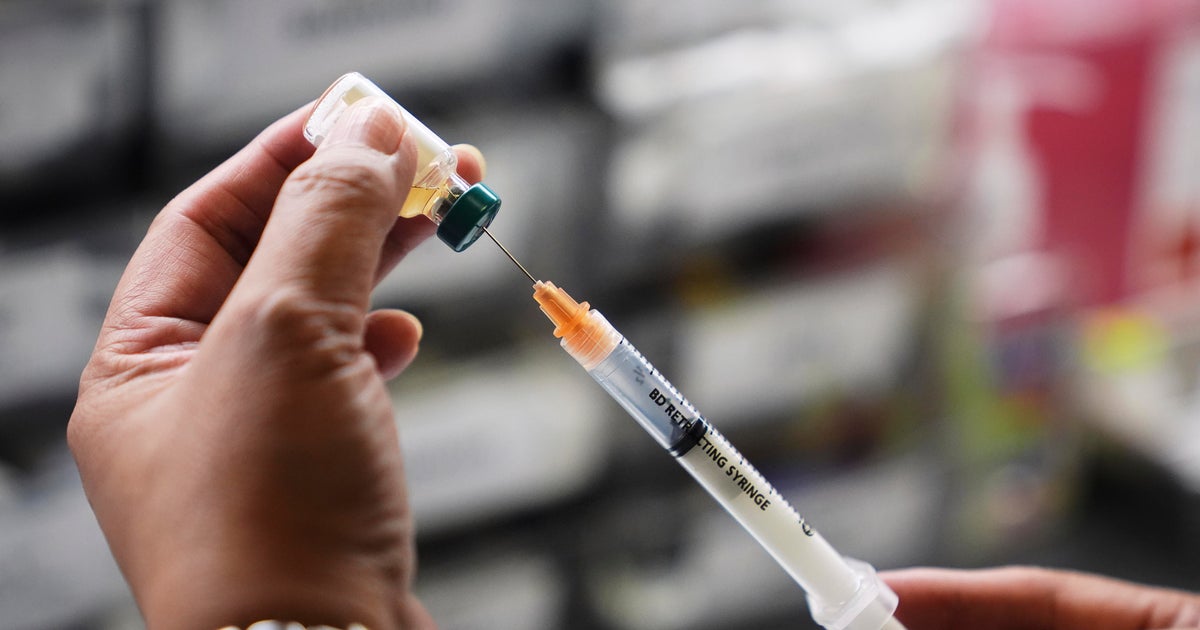Business Impact: CDC Vaccine Policy Upheaval Threatens Revenues and Operations
On July 12, 2025, a Senate hearing featuring former CDC executives Susan Monarez and Dr. Debra Houry sounded the alarm: political directives allegedly pressured the Advisory Committee on Immunization Practices (ACIP) to pre-approve vaccine recommendations before rigorous evidence review. “I refused to weaken our standards, so I was relieved of my duties,” testified Monarez. Houry added, “We were urged to remove career scientists who insisted on data.” As a result, new appointees joined ACIP in June 2025, just ahead of a critical September 18–19 meeting considering MMRV, COVID-19 boosters and expanded hepatitis B schedules. Business continuity, reimbursement streams and patient trust are now on the line.
Why Leaders Must Act Now
- Coverage Exposure: ACIP recommendations underpin the Vaccines for Children program (~50% of U.S. kids, roughly 20 million) and ACA preventive coverage for ~150 million lives. Any narrowing could introduce copays and reduce uptake by an estimated 10–15% for measles and by 8% for hepatitis B.
- Operational Shock: Rapid policy shifts demand immediate updates to Epic/Cerner EHR clinical decision support (CDS), state immunization registries (IIS), CVX/CPT code mappings and payer claims rules to avoid billing denials and care gaps.
- Revenue Volatility: Providers, pharmacies and manufacturers could see missed visits, inventory gluts or stock-outs. A 2022 precedent—the introduction of a COVID booster copay—triggered a 12% decline in adult uptake over four months.
Precedent Example
When ACIP narrowed MenB recommendations in 2014, vaccine uptake climbed 15% in select states that maintained zero-cost coverage, while others saw coverage fall by 7%, driving a 5% net increase in claim denials. Lessons: proactive benefit design and rapid CDS updates can preserve volume and minimize denials.

Actionable Roadmap for Business Leaders
Form a cross-functional “Vaccine Policy SWAT Team” with clear roles and timelines:
- Team Lead (Benefits/Strategy): Oversee scenario planning; deliver 48–72-hour “Impact Briefs” after ACIP votes. Draft member and employer communications within 24 hours of policy shifts.
- IT Lead: Coordinate with EHR vendors (Epic, Cerner), CDS module providers and IIS managers. Implement CVX/CPT mapping updates in 7–14 days; validate payer rule engines for claims edits in 7 days.
- Clinical Lead: Align internal guidelines with CDC, AAP and ACIP schedules. Convene clinicians weekly through September 25 to review data and prepare “go/no-go” protocols.
- Supply Chain Manager: Secure three-month buffers for MMRV, hepatitis B and COVID-19 vaccines. Establish reorder triggers with wholesalers when on-hand dips below 60 days.
- Legal/Compliance: Monitor state-level divergence from federal guidance. Update employee, school-entry and payer contract language in 5 days.
Scenario Planning and Metrics
Model three scenarios if zero-cost coverage is narrowed:
- Baseline: No change. 95% measles coverage remains steady.
- Partial Copay Introduced (up to $20): Uptake drops 10%; net revenue impact = –5% on vaccine-related visits.
- Full Copay ($50+): Uptake drops 15–20%; potential 12% revenue loss and $1.2 M in additional administrative costs per 100 providers.
Success metrics should include time to update (impact brief delivered <72h), CDS rule accuracy (≥99% correct code mappings within 14 days), and coverage stability (maintain ≥90% of baseline uptake).

Next Steps & Call to Action
1. Convene your Vaccine Policy SWAT Team by August 1, 2025.
2. Schedule a 1-hour Operational Readiness Review with your EHR and payer integration partners by August 10.
3. Run your first scenario model by August 15; finalize communications playbooks.
4. Monitor ACIP proceedings on September 18–19; publish Impact Brief within 48 hours of any vote.
By acting swiftly and collaboratively, business leaders can safeguard vaccine coverage, control operational costs, and preserve patient trust—even amid uncertainty at the CDC. Contact your Codolie advisory team today to kick off your readiness plan and ensure your organization is primed for any policy outcome.
Leave a Reply